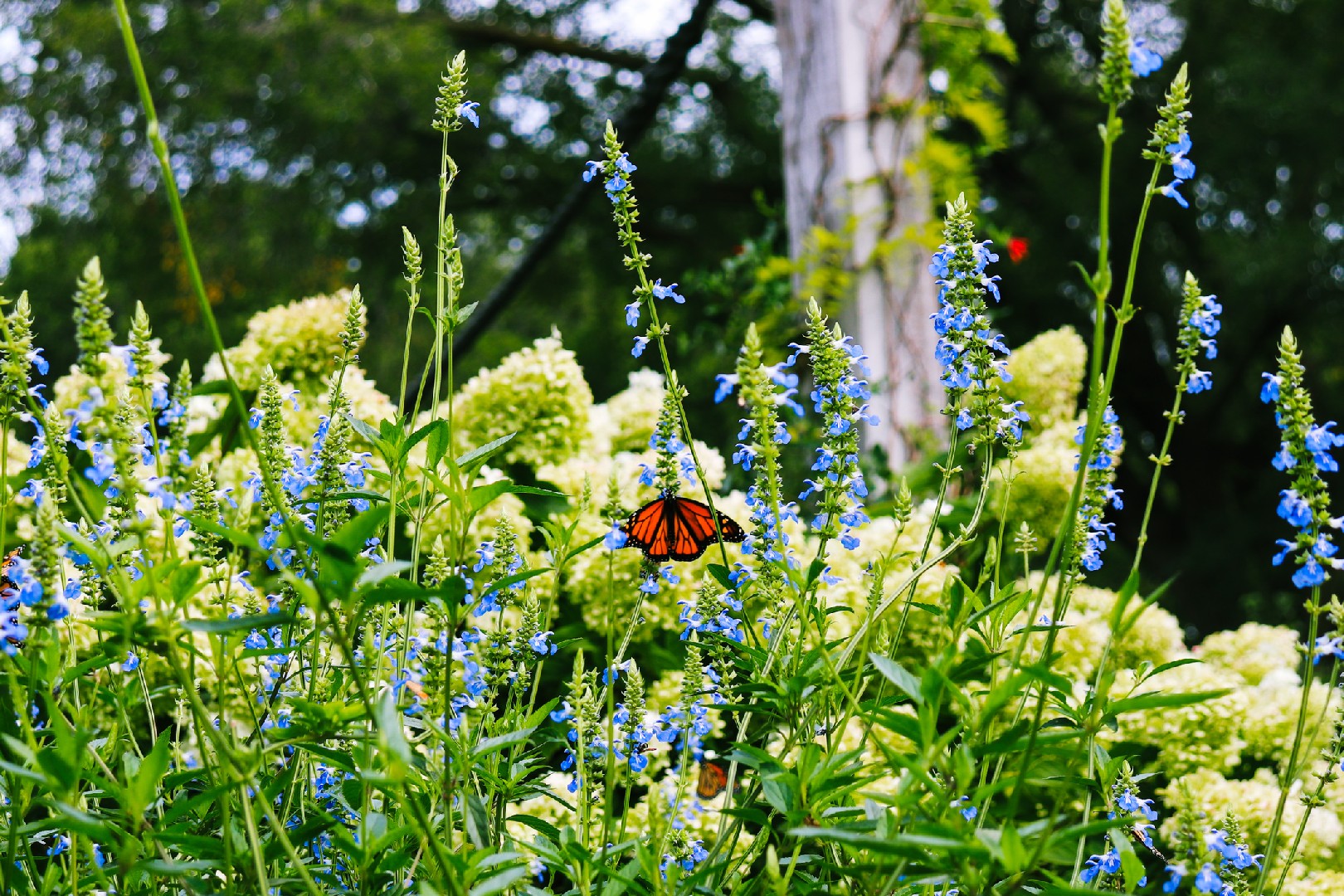![Rectangle]()
Plant Choices: Flowers and Foliage
In creating a butterfly-friendly summer garden, the choice of plants plays a crucial role. By selecting the right flowers and foliage, you can create an enchanting symphony of colors that not only pleases the eye but also provides a haven for butterflies. Let's explore some methods, skills, and knowledge that can help you make informed plant choices for your garden.
Choosing native plants is a fundamental aspect of creating a butterfly-friendly garden. Native plants have co-evolved with local butterfly species and provide the necessary resources for their survival. These plants serve as host plants, providing food and shelter for butterfly larvae. By incorporating native plants into your garden, you can create a harmonious ecosystem that supports the entire life cycle of butterflies.
Nectar plants are another essential consideration. Butterflies rely on nectar as their primary source of food, and planting nectar-rich flowers ensures a constant supply of sustenance. Some popular choices for nectar plants include butterfly bush, coneflowers, black-eyed susans, and zinnias. These vibrant flowers not only attract butterflies but also add a burst of color to your garden.
To ensure sustained blooms throughout summer, consider mixing perennials and annuals in your garden. Perennial flowers, such as milkweed, phlox, and asters, come back year after year, providing a consistent food source for butterflies. On the other hand, annual flowers like cosmos, marigolds, and petunias offer a profusion of blooms and can fill in any gaps between perennial blooms.
Another factor to keep in mind is the timing of the blooms. By selecting a variety of plants that bloom at different times throughout the summer, you can create a garden filled with color and beauty from spring to fall. This not only benefits the butterflies but also enhances your enjoyment of the garden.
When choosing plants, be sure to consider their growth habits and requirements. Some plants thrive in full sun, while others prefer partial shade. Take into account the specific conditions in your garden and select plants accordingly. By providing the right growing conditions, you can ensure the health and vitality of your plants, which in turn attracts butterflies.
In conclusion, creating a butterfly-friendly summer garden is a rewarding endeavor that not only enhances the beauty of your outdoor space but also contributes to the conservation of these delicate creatures. By choosing native plants, incorporating nectar and host plants, and mixing perennials and annuals, you can create a garden that is a true oasis for butterflies. Remember to consider the timing of blooms and provide the right growing conditions for optimal results. So, go ahead and let the colors of your butterfly-friendly garden inspire you to connect with nature and embark on a journey of beauty and conservation.





